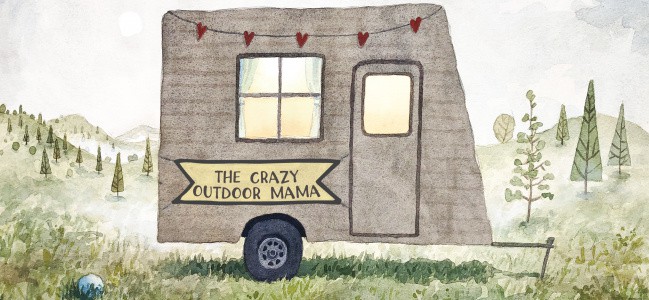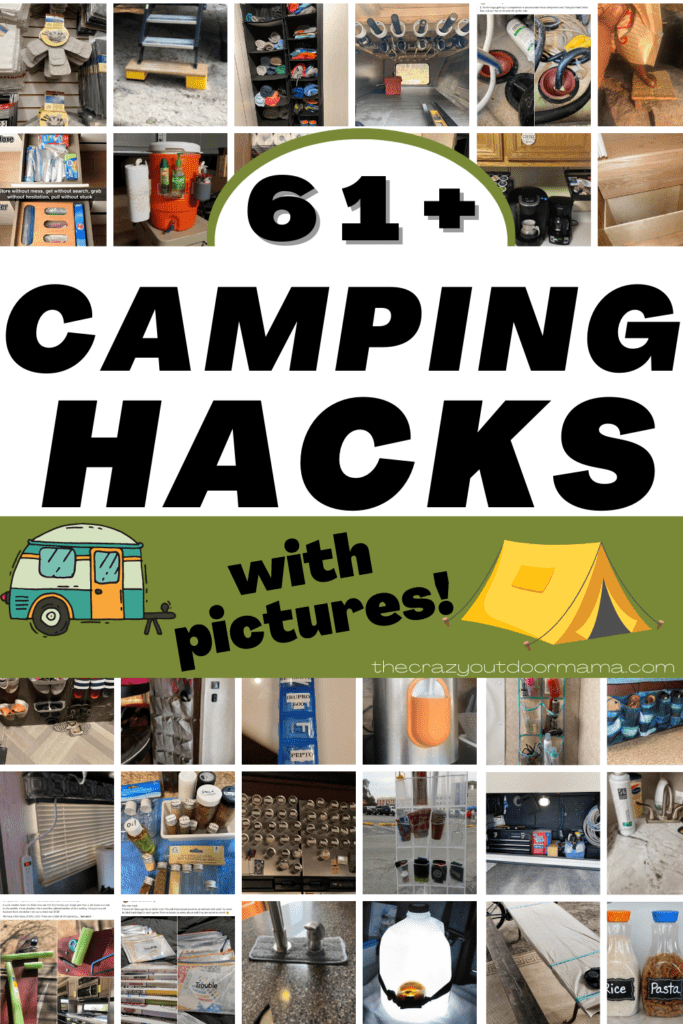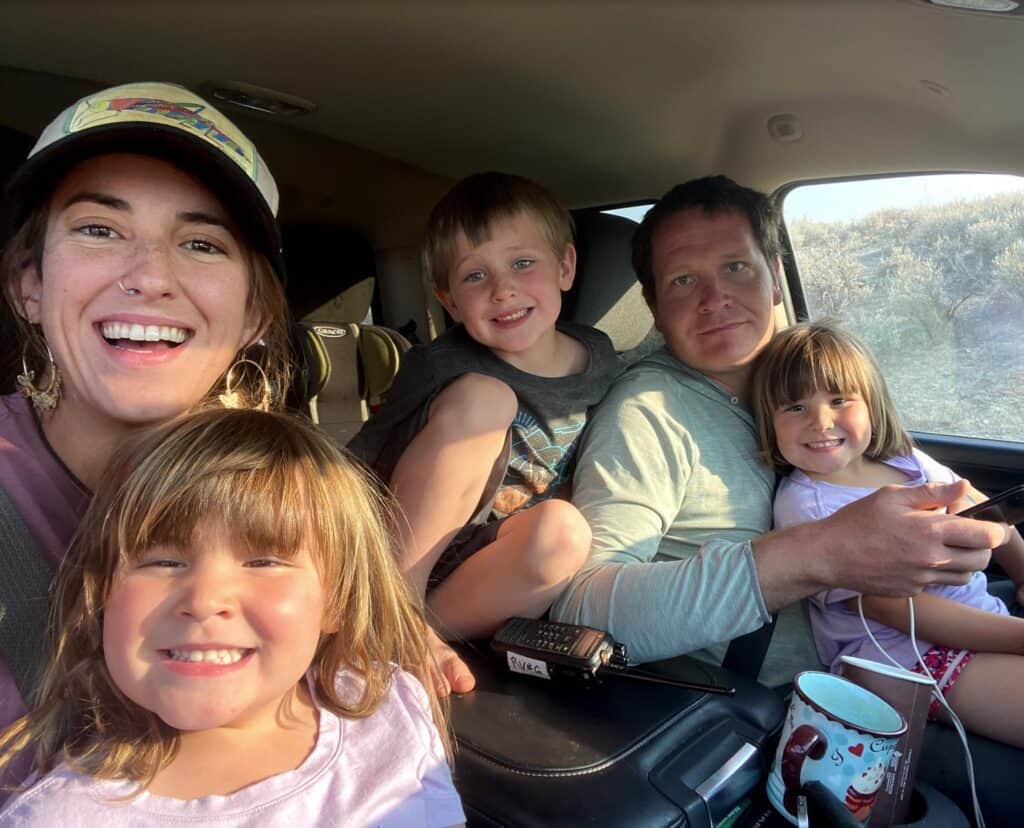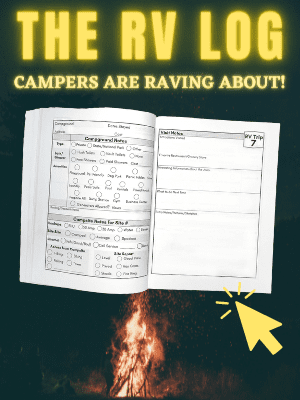So you’ve planned out your first overnight hiking trip. You’ve got all your essential backpacking gear. Now it’s time to pack your backpack for hiking.
But does it really matter how you pack your gear as long as it all fits in your backpack?
Yes, yes, and yes!
Just stuffing your backpack full of gear all willy-nilly will lead to a top-heavy pack that makes it next to impossible to lift a foot without falling over backward. Not to mention the extreme sense of panic you’ll feel when you need to suddenly “take care of business” in the woods and you can’t remember where you put your toilet paper.
Avoid these sticky situations and follow the tips in this beginner’s guide to packing a backpack for hiking. You’ll enjoy your hike soooo much more when you pack your backpack so it works with you and not against you.
Let’s get started with a few basic things you should keep in mind when planning how to pack a backpack for an overnight backpacking trip.

Table of Contents
A Few Backpack Packing Basics You Need to Know
You need an actual backpacking pack
Sure, your bedazzled Jansport school backpack could carry a lot of textbooks, but it’s just not cut out for overnight hiking trips.
For an overnight trip, you need a backpack with, at the very least, a 35-40 liter capacity. It should also have a padded hip belt, comfortable shoulder straps, and some sort of a rigid frame (internal or external).
Do a test pack
Before the big day comes when you set off into the wild, be sure to do a test run. Get out all your gear and pack your backpack. Hoist it up, strap it on, and take a walk with it. Try going up and down some stairs. Practice taking it on and off.
How does it feel? Do you need to move some things around? Does it feel too top-heavy? Could you actually fit all your stuff or will you have to make the hard choice of which to leave behind – your favorite bottle of pinot noir or your tent?
Plan well
Purchasing the right gear and really thinking through what you’re gonna take will make it way easier to pack your backpack because you won’t be packing a bunch of unnecessary stuff.
*Need help planning what to pack? Check out my other articles on planning your backpacking trips.
- YOUR ULTIMATE BACKPACKING KITCHEN GUIDE – GEAR, FOOD + FREE CHECKLIST
- 6 SIMPLE BACKPACKING RECIPE IDEAS + HOW TO CREATE YOUR OWN!
- HOW TO PURIFY WATER WHILE BACKPACKING | THE COMPLETE GUIDE
- 7 TIPS FOR CONQUERING YOUR FIRST BACKPACKING TRIP
Ok, so now that you’ve got the basics, let’s get down to the nitty-gritty.
Pack a Backpack in Several Different Zones
*Important – While backpacks differ somewhat in their designs and the way the compartments are divided up, most will still allow you to follow these basic packing guidelines.
When packing your backpack, in order to distribute the weight correctly, you’ll divide it into the following basic areas:
- The Bottom: Bulky items that aren’t too heavy or things you don’t need that often
- The Core: Dense, heavy gear
- The Top: Light, bulky things you may need to access often
- Outside Pockets: Items you need often or need to access quickly in an emergency
- Loops, lash-on points, and straps: For odd-shaped items you can’t fit in your pack
What to Put in the Bottom of the Pack
If you pack too much heavy stuff in the bottom of your backpack, it will sag and swing. So it’s best to fill the bottom with bulky, lightweight gear that you won’t need to access during the day.
Things like…
- Sleeping bag
- Sleeping pad
- Clothing
- Camp shoes
- Pillow (If you like your trail comforts)
If your sleeping bag comes in a compression sack or stuff sack, it’s best to put that in first and then stuff smaller things, like items of clothing, around it.
What to Pack in the Core Area
This is where weight distribution is really important. The densest, heaviest items should be in the center of your pack and as close as possible to your back.
Keeping most of the load in this core area will create a stable center of gravity that moves with you instead of against you.
Heavy items to pack in the area close to your back are…
- Food
- Stove
- Water (that you won’t need during the day unless it’s a water bladder with a straw you can sip from while hiking)
- Heavy toiletries
- Bear canister
- Your single-serve bottles of pinot noir
Once you’ve got those items packed, fill in the extra space with items like…
- Tent
- Tent footprint or tarp
- Clothing
- Shoes
- Camp cookware
- Lighter food items
Items to Pack Near the Top
To avoid a top-heavy pack, the top of your pack should be reserved for lightweight items you’re likely to use during the day. And depending on what you can fit in exterior pockets, you’ll also need to make sure emergency items you might need to access in a hurry are close to the top.
The top of your backpack is a perfect place for items like…
- Snacks
- First aid kit
- Rain gear (Like a rain jacket or rain cover for your backpack)
- Bathroom kit (Remember what I mentioned in the beginning?)
- Jacket
*Insider tip! – If there’s the potential for bad weather to move in fast, keep your tent closer to the top of your pack. That way, if it starts to rain, you can grab your tent in a hurry without having to completely unpack.
What About External Pockets?
Pockets on the outside of your pack are best used for other small items you’ll need to get to throughout the day or access in a hurry.
Most backpacks have a combination of pockets like a top or “brain” compartment, zippered side pockets, water bottle pockets, hip belt pockets, and even a small pocket or two on the shoulder straps.
Essentials that should be in your exterior pockets:
- Water bottle
- Snacks
- ID, wallet, keys
- Phone
- Sunglasses
- Sunscreen
- Bug spray
- Map
- Headlamp or flashlight
- Multi-tool or pocket knife
- First-aid supplies
What About Strapping Gear to the Outside of My Pack?
Most hiking backpacks have a variety of straps, tie-downs, and loops on the outside. They work really well for odd-shaped or bulky items you just can’t fit inside your pack.
Some things you should consider strapping to the outside of your pack:
- Sleeping pad
- Stuff sacks with your sleeping bag or clothes
- Camp chair
- Trekking poles
- Tent poles
- Rain jacket
- Tools like an ice pick or shovel
*Important! – Make sure any gear or equipment you strap to the outside of your pack is securely fastened and not swinging around. The last thing you want is to try to step under a low branch only to have one of your trekking poles swing around and smack you in the face (I’m definitely not speaking from personal experience. LOL!)
So there you’ve got it! Don’t forget the different packing zones. Remember…
Backpacking PACKING Zones:
The Bottom: Bulky, don’t need often
The Middle (Core): Dense, heavy gear
The Top: Light, easy access
Outside Pockets: Small essentials for quick access
Outside straps: Big, odd-shaped items
thecrazyoutdoormama.com
Simple Gear to Help Keep Things Organized and Safe
Here are a few simple items you should definitely consider that’ll make it WAY EASIER to pack a backpack!
Reusable Gear Ties: These are a lifesaver for backpackers and really you should have some of these around the home as well.
Compression Stuff Sack: These come in handy for your sleeping bag, pillow, or even clothes. Just stuff ‘em full, pull on the compression straps and you’ll instantly have more space for extra snacks.
Compression Dry Sack: Perfect for when you’re hiking in bad weather.
Accessory Tiedowns: Having a few of these makes it a lot easier to strap equipment to the outside of your pack.
Waterproof Bags: Ditch the old Ziploc bag and get something that offers some real protection to keep your phone, maps, keys, and other essentials from getting wet.
Backpack Packing Guide for Beginners – FAQs
How big of a backpack do I really need?
A lot depends on how much you pack. Backpackers who can rough it, sleep without a pad, and survive on freeze-dried meals and trail mix can opt for a smaller bag. But if you can’t live without your plush pillow, 3-course meals, and your favorite 1,000-page paperback novel, you’re gonna need some extra space.
You probably fall somewhere in the middle, so use this as a guide:
- Short weekend trips: 35-50 liter capacity
- Multi-day trips (like 4-5 days): 50-80 liters
- Extended treks up to a week or more (or single-day trips with kids): 70 liters plus
*Tip – If you want something that’ll work for a variety of trips, look for a backpack with expandable storage or plenty of loops on the outside where you can strap extra gear.
How much should my backpack weigh?
So how much is all this gonna weigh anyway? A good rule of thumb is to keep your pack’s weight at 20% or less of your total body weight. Don’t get out your calculators just yet.
I’m sure you’re a lean 125lbs, so that would mean your backpack shouldn’t weigh more than 25lbs. For a 160lb person, the pack should be about 32 pounds or less.
But keep in mind, that’s just a general rule of thumb. If you plan an easy hike on a flat trail and want to enjoy some comforts then, by all means, pack a little more.
How can I avoid overpacking?
Two words… plan ahead.
As a backpacker, you may need to choose your gear wisely. Pack things with multiple uses. Look for ways to repurpose one item for another use.
Example: Instead of packing an extra pillow, get a stuff sack you can pack full of clothes and use as a pillow!
If you’re struggling to fit everything in your pack, try this… Lay out everything you plan to pack. Divide it up into an “essential” pile and a “non-essential” pile. Your essential pile should include things you genuinely cannot live without.
Then, see if you can eliminate some gear from the non-essential pile.
But in the end, if you’re a beginner backpacker, inevitably on your first hikes you’ll end up packing some things you wish you hadn’t, and forgetting things you wish you would’ve brought along.
Just make notes so you’ll know what to change for next time.
How do I prepare my backpack for rain?
Two things you should do if you think you might get wet.
- Pack delicate items in waterproof bags. Make sure your phone, sleeping bag, and food are packed in such a way that if your bag does get a little wet, they’ll be protected.
- Make sure you have a rain cover. Some backpacks come with their own rain cover. If yours doesn’t, get one like this ultralight rain cover to keep your pack fully protected. If you’re on a super tight budget, bring along a heavy-duty trash bag or two that you can fit over your pack if it starts raining.
How do I hoist my backpack?
Now that you’ve got your pack loaded and ready to go, how do you get it from the ground to your back without falling over or throwing your hip out?
- Grab the haul loop (not a shoulder strap since this could actually damage it) and lift your pack up to rest it on your thigh.
- Then while still holding the haul loop, slip one of your arms through the shoulder strap while lifting it to your back.
- Slip your other arm through the shoulder strap and connect the hip belt while staying slightly bent over.
- Stand up straight and properly adjust all the straps on your pack.
Here’s a quick video that shows how it’s done.
Beginner Backpackers, It’s Time to Start Packing!
So whether your first backpacking trip takes you to a state park around the corner from your home or out into the wild Rockies, you need to think about how you’ll pack a backpack.
A poorly packed backpack will end up working against you. You’re already living without running water, Netflix, and your favorite slippers, the last thing you need is to feel like you’re hiking with a 40-lb Red Bull infused monkey on your back.
And remember… if you pack well, you might even be able to find room for a bottle of your favorite pinot noir!
*I’d love to hear about your backpacking trips. Send me a message on Facebook or Instagram and don’t forget to check out my other backpacking articles!
Happy trails! If you’re looking to research more, here are other helpful backpacking articles to get you started!
- Plan your first backpacking trip
- How to pack your backpacking kitchen
- How can backpackers purify water while on the trail?
- Yummy backpacking recipes
- Some of the best places for your first overnight hiking trips
- 11 outdoor survival skills every backpacker should know
- 4H Archery Worksheets for Kids – Parts of a Compound Bow + More! - June 30, 2024
- 4H Archery Project Idea + Fun Archery Practice Ideas! - June 30, 2024
- DIY Nerf Orc Targets – Perfect for a Nerf Themed Party! - June 15, 2024




